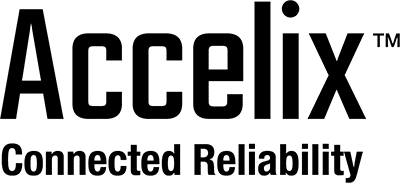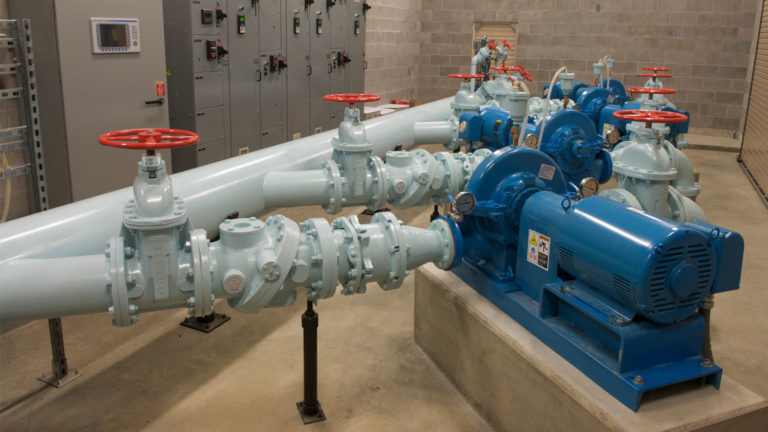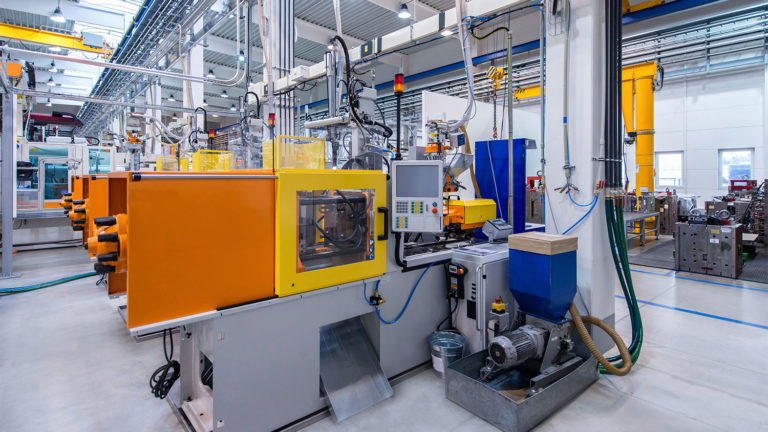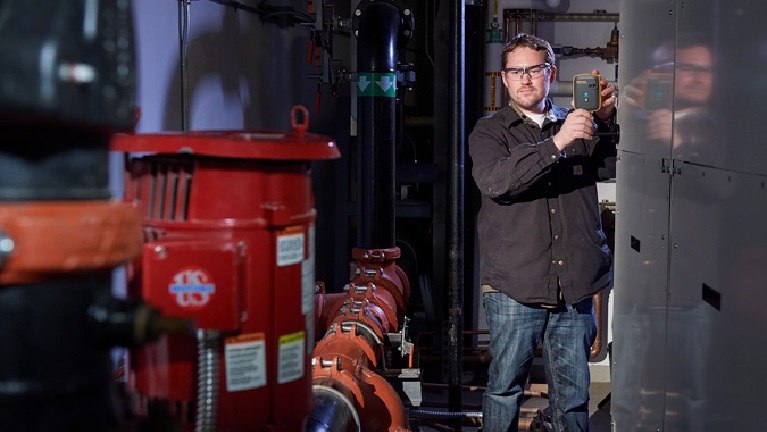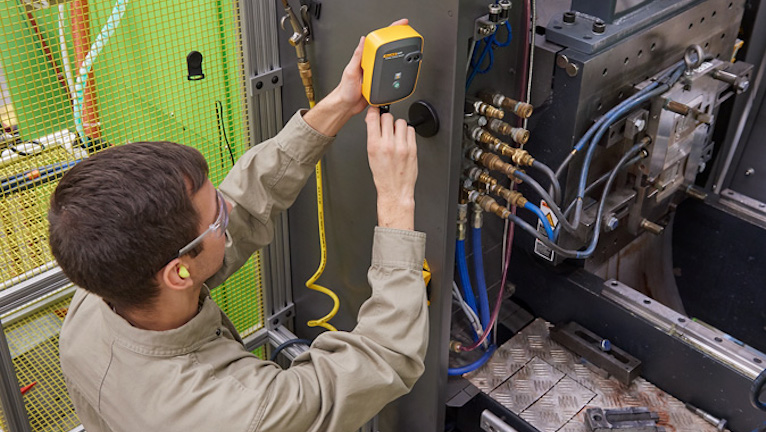What are the benefits of the Internet of Things?
The Internet of Things (IoT) and the Industrial Internet of Things (IIoT) are increasingly becoming more commonplace terms in the world of maintenance, reliability and asset management. This technology interconnects billions of devices and equipment, allowing for greater system collaboration. IIoT has the opportunity to reduce the need for intrusive maintenance and provide insights to the actual condition of the asset. This will enable organizations to prescribe when to perform what maintenance, which results in reducing both planned and unplanned downtime, reducing maintenance cost and driving improved asset uptime and life.
However, before an organization dives into the IoT or IIoT, a few factors must be understood. To gain a better understanding of how maintenance teams can benefit from the IoT and what core foundations must be in place to fully realize those benefits, we spoke with James Kovacevic, an instructor at Eruditio, during a recent webinar. If you missed it, you can listen to the full discussion here.
During this webinar, several attendees submitted questions for James. Below are his answers.
A Q&A on the benefits of the IoT with Eruditio’s James Kovacevic
Where do you start IoT?
James: First you must start by understanding IoT and where it will fit into your existing asset management program. It is not a silver bullet, and the IoT program must be designed to work with your existing maintenance strategies. If you don’t have preventive maintenance (PM)/predictive maintenance (PdM) activities written to the failure mode level, then that must be completed before IoT can be implemented. In addition, if there is not a strong work management or storeroom function, then there is a risk of not being able to act on the findings from the IoT system.
How important is buy in from upper management and your maintenance team?
James: As with all projects and initiatives, support from upper management and the maintenance team is critical. To gain support, make sure to speak their language (finance for upper management), and demonstrate results. Start small and grow the program with a pilot. This will reduce the risk associated with a full implementation.
Regarding IoT data, someone has to determine what is significant. It doesn’t just magically become significant. Data variation may be normal. How do we sort through all the data to make sense of it?
James: If you have failure modes identified and the data being collected is linked to those failure modes, non-relevant data will be minimized. In addition, particular machine learning models (such as Neural Networks) will take the data and determine what is significant after a period of time.
Do you have any suggestions about where to find best practices to apply the best machine learning algorithms for failure analysis and recommendations for the best at resolving critical problems in a cost-effective way?
James: This is where the right partners come in. There are a few industry partners that have collected and analyzed data to determine the most appropriate learning models, data to collect, etc. My suggestion is to begin discussions with some of these partners.
Where do we start learning the specializations needed for big data, machine learning and IT communication?
James: Personally, I recommend leveraging LinkedIn Learning or Massive Online Open Courses (MOOCs).
How prevalent are neural networks in current IIoT/CMMS implementations?
James: I am not close enough to the inner workings of the industry partners to be able to provide a creditable answer.
Is comparative analysis possible within the data collection system (CMMS/EAM) without human intervention?
James: It is possible and is used in a few learning models. Some more advanced models will actually provide different options for correcting the fault.
As IoT grows, how do we protect our data and internal classified information/processes?
James: This is a significant concern for many, and my recommendation is to seek the advice of an information security professional. Personally, I have seen separate networks for IoT and the organization’s IT system.
Where should we justify starting with maintenence IoT vs logistics and supply chain?
James: The justification needs to start with the business case. If the bottleneck is in manufacturing and is because of poor reliability, that may allow you to start in maintenance.
Are unions pushing back against Industry 4.0 implementation?
James: Another way to develop buy in with union is to focus on the safety aspect. One project that I worked on, the union did not “push back.” Instead, they just did not use it and ignored the capability of IoT. It depends on the organization and the approach the project team takes on managing the change. I have seen IoT being implementing in Union environments with success and with a lot of push back. Focus on managing the change and educating all involved on what is IoT and what the impact will be to each role.
How can small to medium companies compete when the skill sets to implement these systems are so specialized and desired?
James: Leverage industry partners. Some partners are better positioned for these small to medium companies.
Make sure to sign up for our next webinar! Register for free here.
